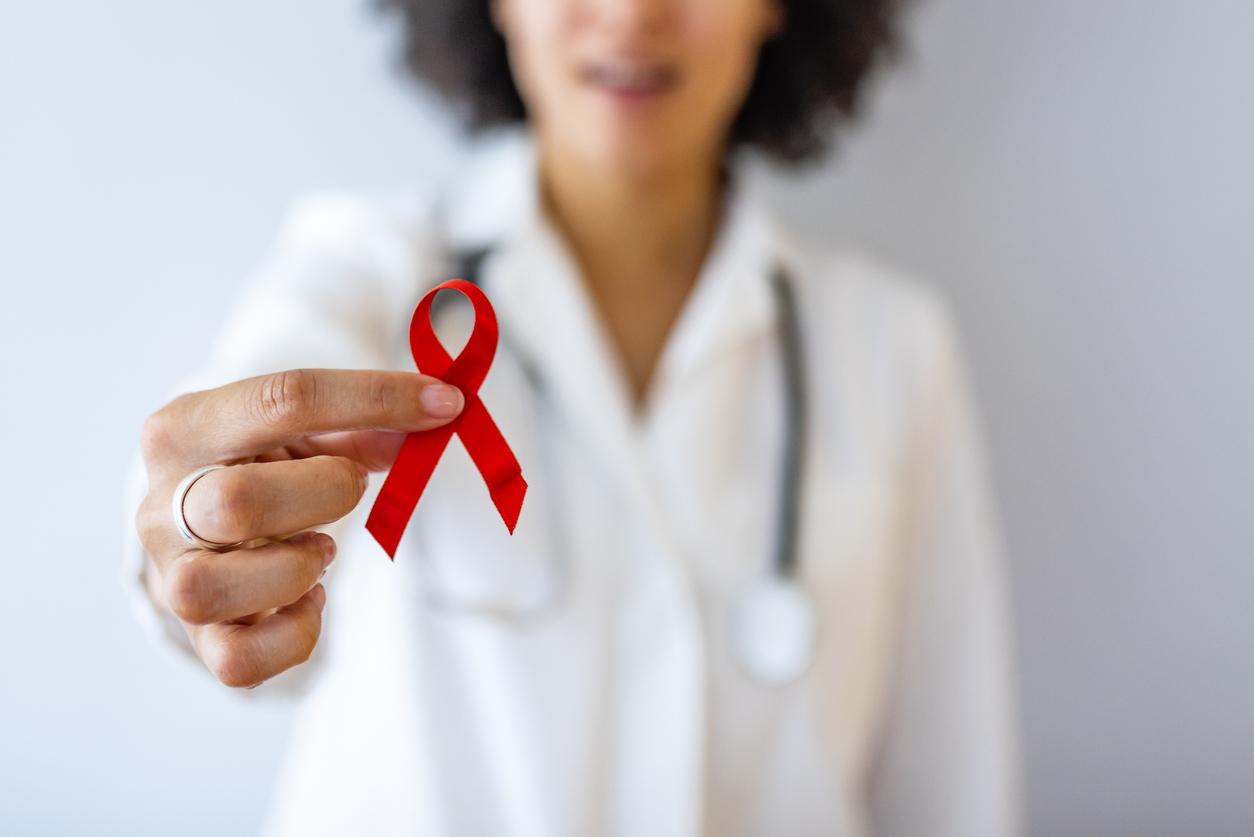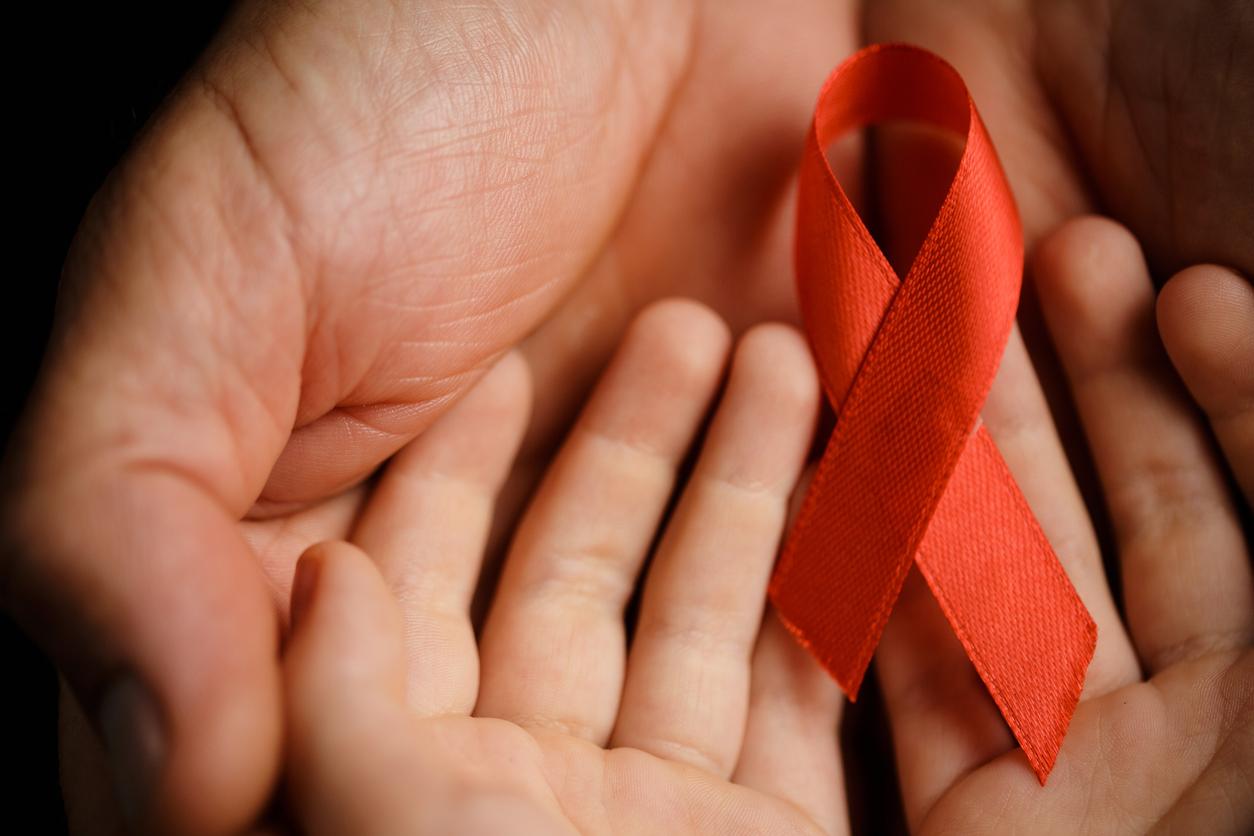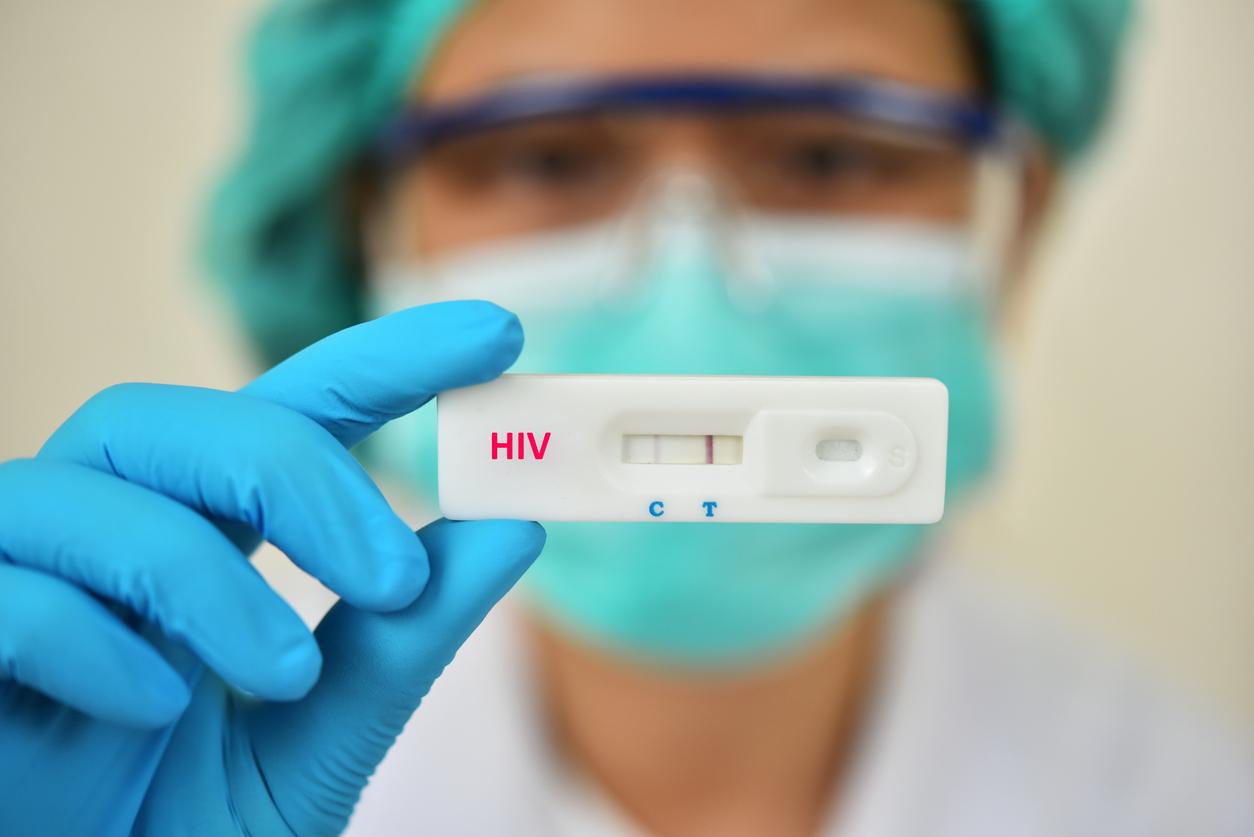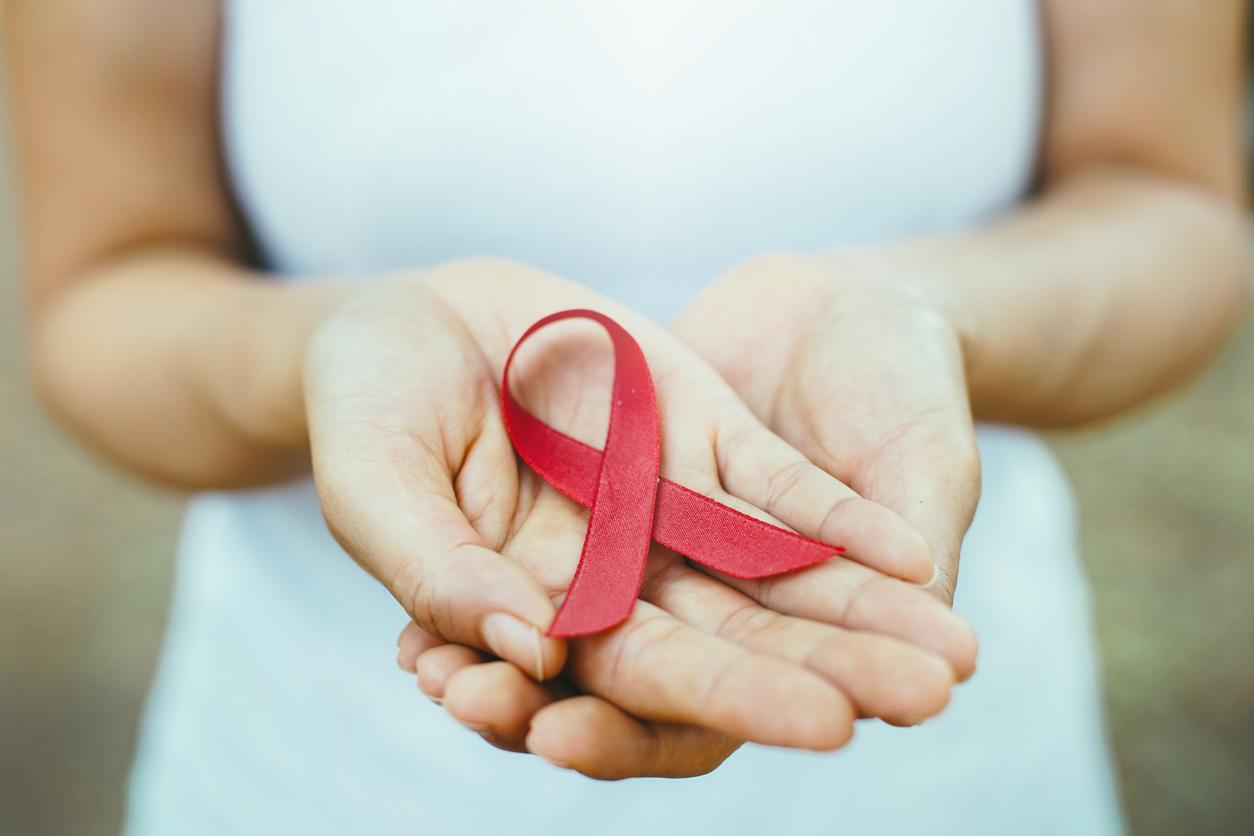15 children are born each year in France with HIV. The risk reduction policy and access to triple therapy have made it possible to reduce mother-to-child transmission.

If the first child “cured” of AIDS with a mother who was unaware of her disease may have an importance in certain developing countries where women have less access to triple therapy, the question arises less in France. About fifteen children are born each year infected with the HIV virus, despite an increasing number of deliveries to women infected with the virus.
According to data from the French Perinatal Survey (EPF), a prospective cohort initiated by the ANRS (1) published in 2010, the number of deliveries of women infected with the HIV has more than doubled in ten years. In France, there are around 1,500 deliveries to HIV-positive mothers every year. One third of births occur to women who have given birth once or more since knowing their HIV status. Most have been infected heterosexually, and two-thirds are from sub-Saharan Africa.
The past 20 years have seen a dramatic decrease in the rate of mother-to-child transmission. From 20% before 1994, most European countries have now fallen below the 2% mark. The United States has a score of 0.6% for a plasma viral load of less than 1000 copies / mL.
Good results which are linked to the arrival and the almost systematic intake of antiretrovirals by pregnant women. In 2010, the expert report led by Prof. Patrick Yéni underlined that currently in France, thanks in particular to antiretroviral treatments, mother-to-child transmission (MTCT) of HIV-1 was of the order of 1 to 2%.
This report insisted in its recommendations on the effectiveness of this means of prevention. Another recommendation from the experts is the value of screening during pregnancy. The report considered it “indisputable” because it conditions the antiretroviral treatment of women and the prevention of MTCT. This screening test must be systematically offered to the prenatal consultation since the decree of January 27, 1993, at the same time as the compulsory examinations of the 1st trimester. It is not compulsory but its acceptability is excellent (1% refusal).
A French prevention policy that is bearing fruit, because, in the absence of treatment, the rate of MTCT of AIDS is of the order of 20 to 25%. This is the case for Africa and developing countries. In 2009, a “Towards Universal Access” HIV status report published by WHO, UNICEF and UNAIDS estimated that 1.4 million pregnant women living with HIV had given birth to a child in 2008. , of which 91% in sub-Saharan Africa. The AIDS association Sidaction recalls that 390,000 children are born each year carrying the virus. And, “a third of these HIV-positive children die before the age of one year and almost half before their second birthday” underlined the WHO.
In recent years, global policies have started to take effect. 45% of pregnant women living in low-income countries have access to antretrovirals compared to 10% in 2004. 21% have been tested compared to 15% in 2007.
(1) National Agency for Research on AIDS and Viral Hepatitis)
.















